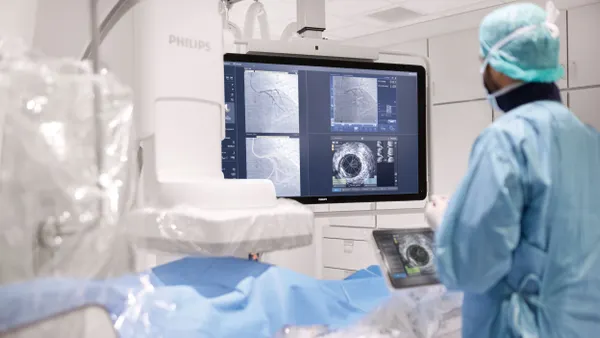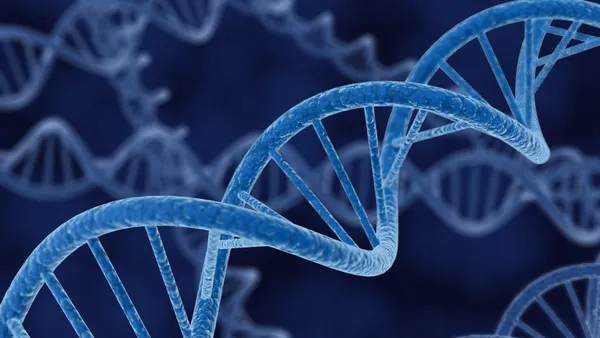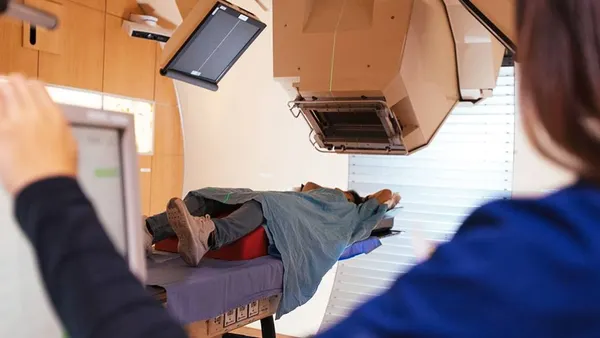Dive Brief:
- An American Cancer Society study found that the rising incidence of colorectal cancer in younger adults cannot be explained solely by an increase in colonoscopy screening for the disease.
- The study, published in the Journal of Medical Screening, computed colonoscopy rates for a large pool of adults ages 40 to 54 years old and colorectal cancer incidence rates from 18 patient registries.
- The research adds to evidence that other factors are driving the higher rates of colorectal cancer, the group said.
Dive Insight:
Colorectal cancer is the third most commonly diagnosed form of cancer in both men and women, excluding skin cancers. In a trend that is puzzling clinicians, the disease is on the rise in the United States among younger adults while the incidence is decreasing in people above the age of 55.
The decline in colorectal cancer in older adults has been linked in part to wider adoption of the colonoscopy procedure, during which precancerous growths can be removed. Treatment for the disease has also improved in the past few decades. As a result, the overall death rate from the disease has fallen.
Companies such as Guardant Health and Exact Sciences are developing new diagnostic approaches. Exact Sciences, maker of the Cologuard stool test for colorectal cancer screening, is working with Mayo Clinic to develop a multi-cancer blood test. Guardant, meanwhile, plans to initiate a study for a colorectal cancer screening assay in the second half of the year that will include at least 10,000 patients.
Yet deaths from colorectal cancer among people younger than age 55 increased 1% from 2007 to 2016, according to the American Cancer Society. What is causing the increase in early onset colorectal cancer is unclear.
To examine changes in colonoscopy rates, the American Cancer Society researchers used data from 53,175 respondents ages 40 to 54, in five-year age groups. The National Health Interview Survey data was collected from 2000 through 2015. The researchers also looked at colorectal cancer incidence rates estimated from 18 population-based Surveillance Epidemiology and End Result registries during the same period.
The study found colonoscopy rates were fairly stable during 2000-2015 in respondents aged 40 to 44, yet increased from 2.5% in 2000 to 5.2% in 2015 in patients aged 45 to 49, and grew from 5.0% to 14.1% in those aged 50 to 54. During 2000-2015, colorectal cancer incidence rates increased by 28% in people 40 to 44, 15% in patients 45 to 49, and 17% in those 50 to 54.
"The changes in past-year colonoscopy rates did not fully align with the rise in overall and distant stage colorectal cancer incidence rates in all three age groups during the corresponding period," lead researcher Stacey Fedewa said in a press release.
The study concluded that the rising disease incidence warrants further research.












